Review: LG G Flex 2
Menus
The Flex 2 runs Android 5.0 Lollipop with LG's user experience dressing everything up a bit.
The lock screen is fairly adjustable. It supports LG's KnockOn and Knock Code for viewing notifications and unlocking the device, respectively. It includes normal security options (PIN, password, pattern) and you can opt to view just a clock, or a clock along with five user-assignable shortcuts that are located at the bottom of the screen.
There are seven home screen panels active out of the box and four of them are crammed with Sprint widgets and shortcuts. As with all Android devices, however, you can strip these away and customize the home screens however you see fit. The selection of widgets, wallpapers, and shortcuts is significant.
LG has long included a highly configurable app menu with its handsets and the Flex 2 is no exception. The default setting is a grid with several pre-filled folders of Google and Sprint apps. You can choose small or large icon sizes, and view them in alpha, custom, or downloaded order. LG's tool for hiding and uninstalling apps is better than most, which make it a breeze to rid your device of bloatware (or at least get that junk out of your face.)
The notification shade works pretty much the same as it does on other Android devices. The toggles and other controls can be adjusted to suit your needs, but it's not as obvious as it should be that the toggles slide sideways to reveal more. I like that all of the volume settings can be adjusted quickly from the notification tray.
LG's QuickMemo is available from the notification shade. This function takes a screenshot and lets you mark it up and share it. As with other LG phones, the QSlide apps are on board, too. These are best accessed from within the supported app directly (more in a bit.) The Flex 2 also includes LG's Easy Mode for first-time users.
The settings menu is arranged as a long, single list, but you can change it to a tabbed view if you want. The tabbed view requires less scrolling, but it takes longer to figure out which settings are hiding under which tabs. The Flex 2 includes a wide array of options for customizing the phone's behavior. For example, you can arrange the main Android buttons at the bottom of the screen however you like. You can have up to four buttons, some of which are shortcuts to LG software, such as QSlide or the dual-window feature.
Like some of Samsung's handsets, the Flex 2 supports two apps running at the same time, each in its own window. LG calls this function "dual window." It's easy to activate and use, and lets power users swap content between apps faster and easier. You can also choose to enable one-handed operation, which shrinks down the keyboard and dialpad into a bottom corner. And of course the Flex 2 supports LG's KnockOn and KnockCode functions for waking and interacting with the screen via tap gestures. Tap twice to wake the screen so you can check the clock and notifications, or tap in a unique pattern - anywhere on the screen - to unlock the phone.
The Flex 2 is one of a first few phones to ship with Qualcomm's Snapdragon 64-bit 810 processor mated with 2 GB of RAM. It's a fast-as-hell processor and the Flex 2 munches through apps with delight. There had been rumors pre-launch that the 810 was too hot, but they are unfounded. The G Flex 2 ran nice and cool. This is a fast phone and nothing fazed it at all. You needn't worry about app performance.
Calls and Contacts
The Flex 2 has the same phone and contacts apps as most LG handsets from last six months or so. That's not a bad thing.
The phone app includes a nice dialer in addition to tabbed access to call history, contacts, favorites, and groups along the top. In-call options include the ability to add a line, send to Bluetooth, hold, reject with message, or mute. You can also open the notepad and messaging apps.
The Flex 2 includes some gestures to interact with the phone, such as answering calls by bringing the phone to your ear, or silencing calls by flipping the phone over.
The Flex 2 supports Sprint's WiFi Calling service. I found the service worked well. Calls connected in a snap and sounded about on par with calls made via Sprint's cellular network. Unfortunately, WiFi calls are not able to transition to Sprint's cellular network if you leave WiFi coverage. The call will drop.
The contacts app syncs with myriad online contact databases and makes it a cinch to sort between them for easier viewing. Individual contact cards hold reams of data, and the Flex 2 has a better assortment of contact widgets than most other phones I've reviewed in recent months.
Both the phone and contact apps are available as “QSlide” floating mini-apps. There's a button in the phone dialer and a corresponding one on the contact screen to shrink the app, but leave it open and running on top of other apps. This means you can always have the phone controls or your contacts front and center while performing other tasks. The transparency level of the apps can be adjusted, and you can move the app window to any spot on the screen. The QSlide apps are at their best when several are used at once. They're a great tool for power users.
Messaging
The Flex 2 doesn't offer any surprises in the messaging department. Gmail is on board, as is the old (and now redundant) standard email app. Gmail handles all types of email accounts these days and does so with ease. The Flex 2 includes the older texting app from Google and LG has turned it into a QSlide app. You can start writing a message, tap the button to minimize the app, and do something useful like pulling details from a web page as you compose your message. The Messaging Plus app is on board too, which is a third-party app for handling SMS. Like the S6 and S6 Edge, the newer Messenger app from Google for SMS isn't preloaded. The Flex 2 has the Hangouts app, which handles SMS and IM together, if you wish. Let's not forget Facebook Messenger, as that's pre-installed, too.
The Flex 2 also offers Sprint's Family Wall, which is a shared messaging space for family plan members. It lets people share not only group messages, but also calendars, photos, and files. It actually makes sense for families to use, though I wish the user interface were a bit less hokey. If you're not interested in these, there are myriad third-party options (WhatsApp, Skype, etc) available in the Play Store for free.
Google+ is the only full social network app pre-installed on the Flex 2.


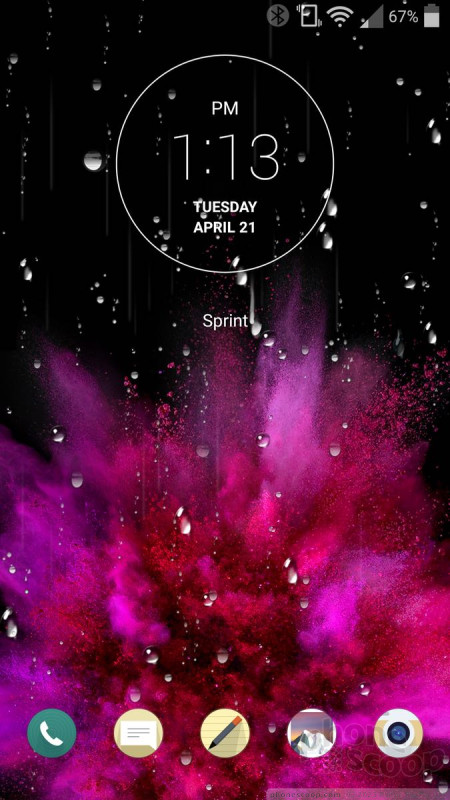








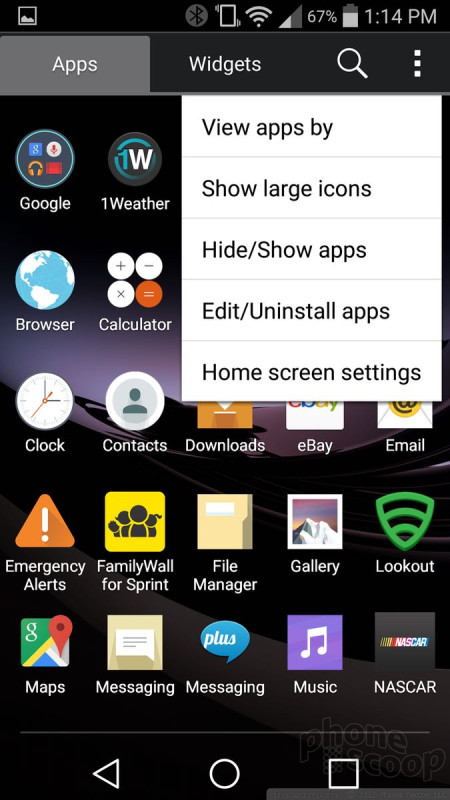



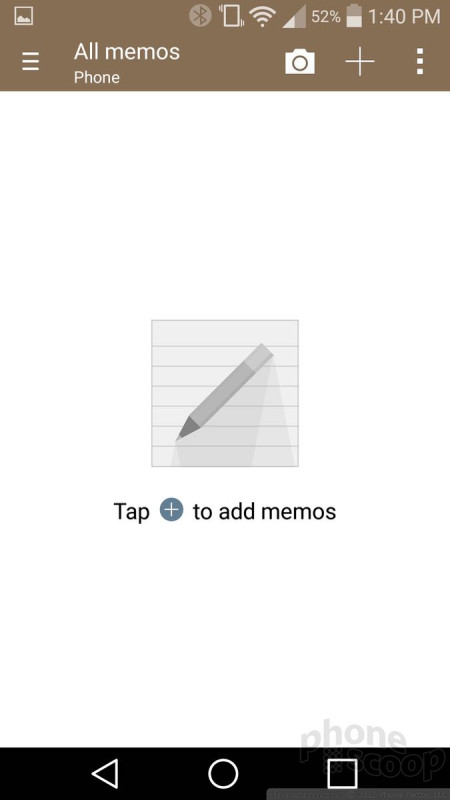










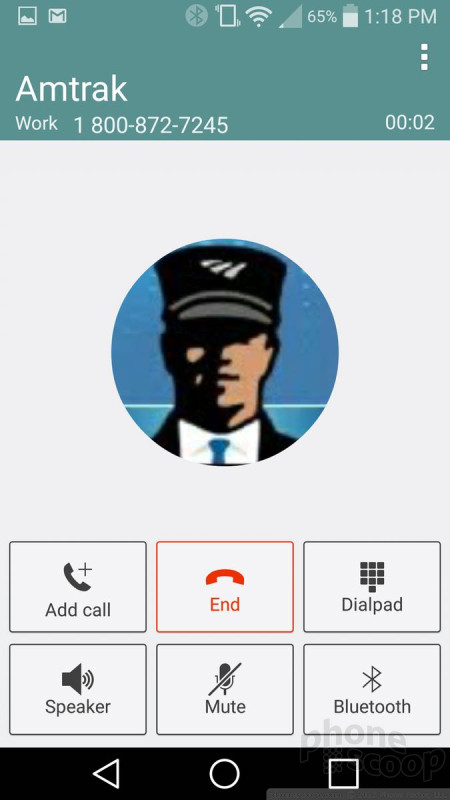




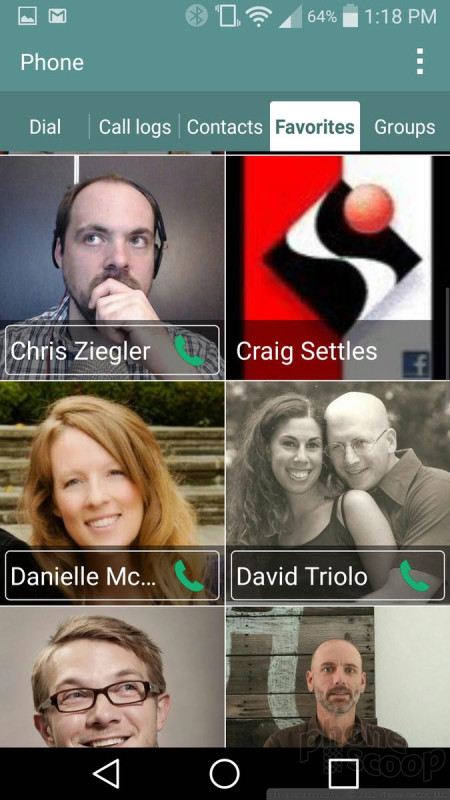




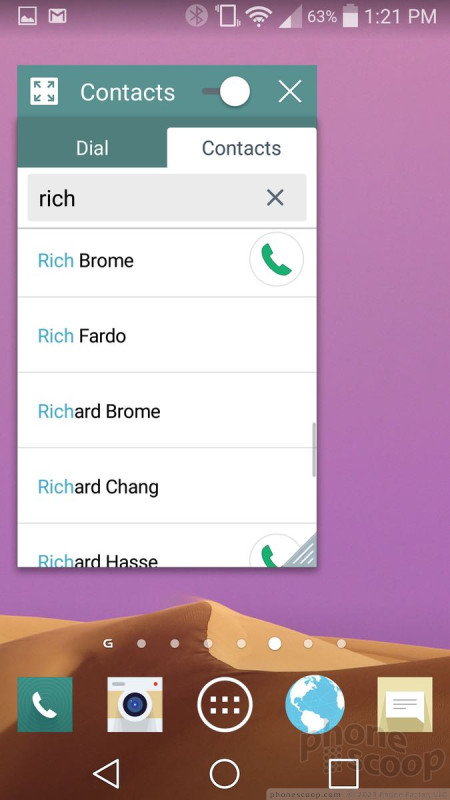



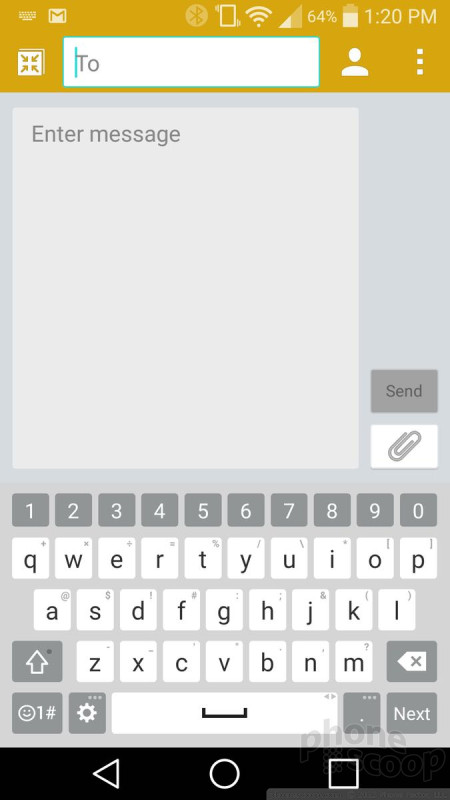





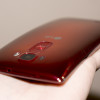 Hands-On with the LG G Flex 2
Hands-On with the LG G Flex 2
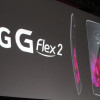 Liveblog of LG at CES
Liveblog of LG at CES
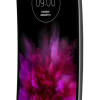 Global Rollout of LG G Flex 2 Underway
Global Rollout of LG G Flex 2 Underway
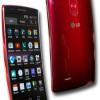 LG Shows Off Improved G Flex 2
LG Shows Off Improved G Flex 2
 LG G Flex2 (CDMA)
LG G Flex2 (CDMA)
 LG G Flex2 (GSM)
LG G Flex2 (GSM)








